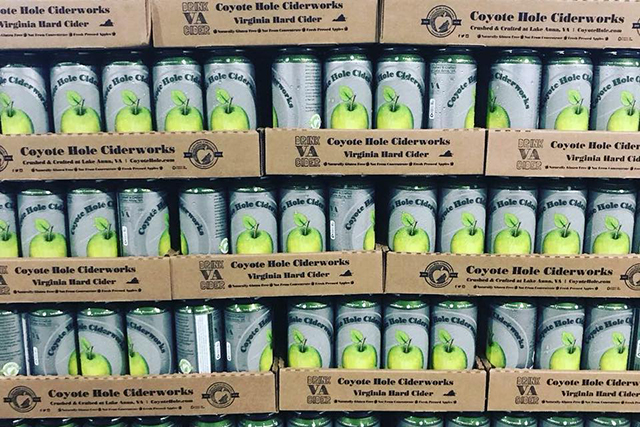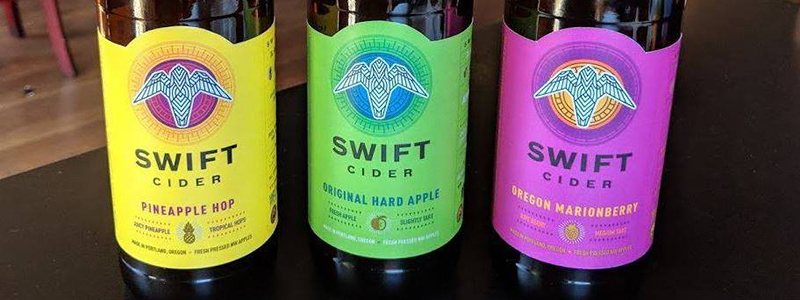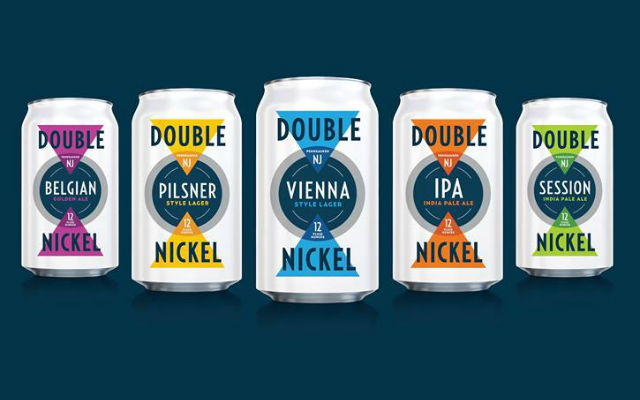
Just like in any sort of business, the more SKUs your cidery has, the harder it is to keep track of inventory.
Making sure that you have an easy to access and manageable inventory system is key, noted Coyote Hole‘s Chris Denkers.
“If you don’t know what you currently have then you will run into problems with over selling your product, running out and in turn cause problems with proper scheduling of making your products to ensure you don’t run out,” he said.
Aidan Currie of Swift Cider suggested that cideries invest in their own GS1 registration so that they can have full control over their UPC codes.
“Don’t buy the cheaper second-hand UPC codes because most larger retailers will not accept these,” he pointed out. “We give a new UPC code to each flavor and package format combination, which makes it possible to buy SKU scan data from retailers to gain better insights into how different flavors and package sizes influence sales.
“Measure twice and cut once when designing packaging with UPC codes; you don’t want to be reapplying stickers of the correct code after you messed it up at the print shop.”
Black Apple Crossing‘s Leo Orpin added to create a SKU that means something to your cidery, not just a bunch of numbers.
“Be sure that it can translate to all future products that you might produce,” he said, adding to think outside the box: Will you produce the same product in multiple package types and sizes, for example? Orpin added they maintain an Excel file that is easily accessible and searchable with key terms.
If you run out of inventory, you can hurt relationships with certain retailers, loose accounts and even hurt your ability to get new accounts as retailers rely heavily on word of mouth and what other retailers think of your product when making selections.
“The market is getting more and more congested and making sure you have enough product to support them is key to your success,” Denkers said. “There are many products out there that can help you manage inventory or you can even create a simple spreadsheet tracking system that both sales and production workers can manage and see inventories to know what can be sold and what needs to made to ensure you don’t run out of product.
“You might make certain products like we do that are seasonal.”
Currie said to set realistic supply expectations with distributors and retailers.
“It’s OK to run out if you advertise a product as a limited release, but they will be pissed if you make a promise you can’t fulfill,” he added. “It’s OK to use a single UPC code if you plan to rotate through seasonal throughout the year, but you won’t have good scan data on how one seasonal is performing compared to the others.”
Knowing your SKUs inventory is key, Denkers said, especially with seasonal ciders as you need to know an up-to-date inventory of what you currently have, what can be sold and how long you think you might have that cider in stock.
“Letting your retailers know how much you have is key as well,” Denkers said. “If they know a cider is seasonal and you only made this much of it makes them realize that if they want some, they better get it quick.”




2 Trackbacks / Pingbacks